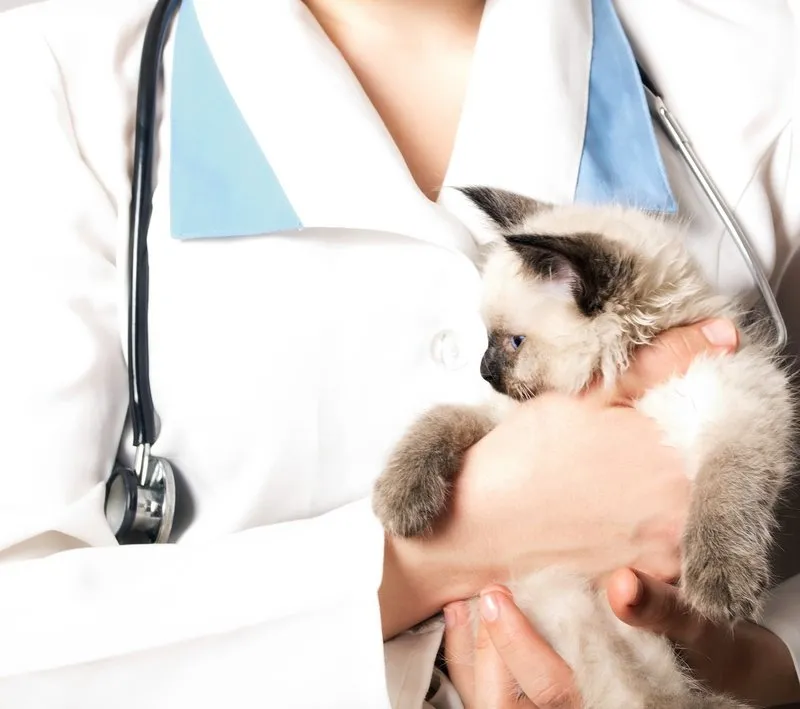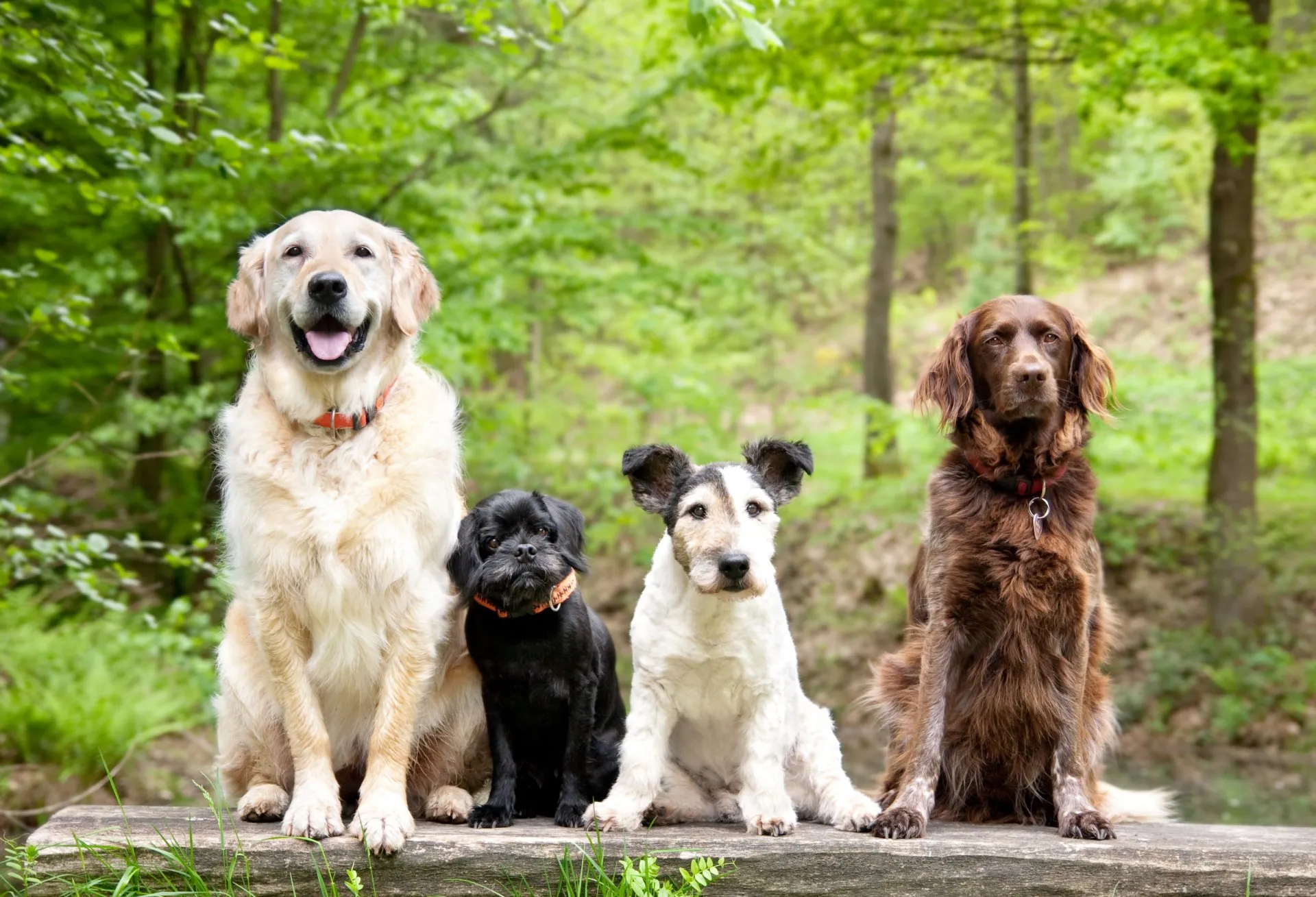Holidays are stressful enough without trying to figure out the best toy to get your pet. Let us help you narrow down the search of the perfect Christmas gift by taking a look down below at our recommendation on toys to get, and toys to avoid.
Dogs
Avoid body part toys: Bones and other forms of animal body part toys not only form a choking hazard once they are chewed small, but also risk giving your pet salmonella and/or diarrhea.
Avoid hard toys: anything that you can not flex or bend with your hands is a potential danger to your dog’s teeth. Instead give them a softer, bendable toy such as the Kong brand that will not pose as great a threat to your dog’s dental health. Regular dental check-ups are also crucial for your pet’s overall health. Learn more about our “Veterinary Dentistry” services to keep your pet’s teeth in top condition.
Love tennis balls? Throwing a ball in the yard is great fun that a lot of dogs love. A tennis ball may not be the best toy for your dog. Upon doing an oral exam at your dog’s yearly check-up we can usually tell which dogs play with tennis balls. This is because those dogs typically have a distinct wear on their incisors form chewing on the ball. Tennis balls also do not hold up well to chewing and will often break apart very quickly. There are dog specific balls that are soft enough to bend and flex with your hands but tough enough to last a while in your house. If you are going to still give your dog a tennis ball, we suggest you monitor and remove the ball when it breaks.
Give your dog the appropriate size and style of toys. Anything too small is a potential choking or swallowing hazard. Too large and your dog most likely will not use it. If your dog is a big chewer than avoid plush toys with stuffing and small parts like eyes, ears, or tails and stick with super chewer toys that will not be as easily destroyed.
If your dog has a habit of chewing furniture instead of toys, check out our article on “Put the Bite on Your Dog’s Furniture-Chewing Habit” for helpful tips on redirecting this behavior.
Monitor your pet when given anything. Just because the toy is labeled as chew proof does not mean that its true. If your dog was to swallow a piece of a toy it puts him/her at risk for a dangerous intestinal blockage.
Cats
Cats love toys just as much as dogs do. A good laser toy or feather wand to chase is enough to satisfy that drive to hunt. With that being said, we have had cats swallow the string from the wand toy so be sure to put it away when you are not around.
Cats love jingle balls and stuffed toys too. Got Cat nip? Whether in a spray bottle or dried leaves, cat nip is a fun additive to most cat toys that really grabs their attention.
Scratching is an essential habit for a cat. It helps to sharpen their claws and mark their scent. Try getting your cat a brand-new scratching post for Christmas. They come in all shapes and materials (my cats love cardboard) so give a couple a try and see your cat enjoying her/his new present.
Cats also love to use height to their advantage. Try getting you cat a new kitty condo or tree and watch them run up and down creating a safe space for them to nap.
Whatever the toy, your pet won’t care. The best gift could be just sitting by the fire on Christmas morn.
Our Advice on Toys To Buy Your Pets For The Holidays in 2024
How can pet owners determine the appropriate toy size for their specific dog breed or cat?
To determine the appropriate toy size for a specific dog breed or cat, consider the pet’s size and chewing habits. For dogs, choose toys that are large enough to prevent choking but not so large that they are difficult to play with. Avoid small parts that can be swallowed. For cats, select toys that are lightweight and easy to bat around. Ensure strings and small components are secure to prevent ingestion. Always supervise playtime initially to ensure the toy is safe and appropriate for the pet’s size and behavior.
What are the potential health risks associated with interactive electronic pet toys?
Interactive electronic pet toys can pose several health risks. These toys often contain small parts and batteries, which can be choking hazards or cause intestinal blockages if ingested. Chewing on these toys may also expose pets to toxic materials or lead to electrical burns. Additionally, overuse can result in decreased physical activity, contributing to obesity and related health issues. Always supervise pets when using electronic toys, ensuring they are durable and appropriately sized. Regularly check the toys for damage and remove them if any parts become loose or broken.
Are there any eco-friendly or sustainable pet toy options available?
Eco-friendly and sustainable pet toy options are increasingly available and include toys made from natural, recycled, or biodegradable materials. Look for toys crafted from organic cotton, hemp, or sustainably harvested wood. Recycled rubber and plastic toys are also good choices, reducing waste and environmental impact. Brands that focus on minimal packaging and eco-conscious manufacturing practices further support sustainability. These toys not only benefit the environment but also ensure pets are playing with safe, non-toxic materials. Always supervise pets with new toys to ensure they are suitable and safe for their specific play style.
What are the potential risks of homemade pet toys, and how can they be made safely?
Homemade pet toys can pose risks such as choking hazards, toxic materials, or sharp edges. To make them safely, use durable, non-toxic materials like natural fabrics, untreated wood, or food-grade silicone. Avoid small parts that can be swallowed and secure all components firmly. Ensure there are no sharp edges or loose threads. Supervise pets during play to monitor for any signs of wear and tear. Regularly inspect the toys for damage and replace them as needed to maintain safety. Always prioritize the pet’s size and chewing habits when creating homemade toys.
Are there any toys that can help with specific behavioral issues in dogs or cats?
Yes, certain toys can help address specific behavioral issues in dogs and cats. For dogs with anxiety or excessive energy, interactive toys like treat-dispensing puzzles or Kong toys provide mental stimulation and reduce stress. Chew toys can also alleviate destructive chewing. For cats, laser pointers and feather wands encourage physical activity, reducing boredom-related behaviors. Scratching posts help prevent furniture scratching, while catnip-filled toys can provide relaxation. Regularly rotating these toys keeps pets engaged and helps manage behavioral issues effectively. Always supervise play to ensure safety and effectiveness.
Please feel free to contact us, your local vet clinic in West Greenwich, RI!




!Social Media Icons